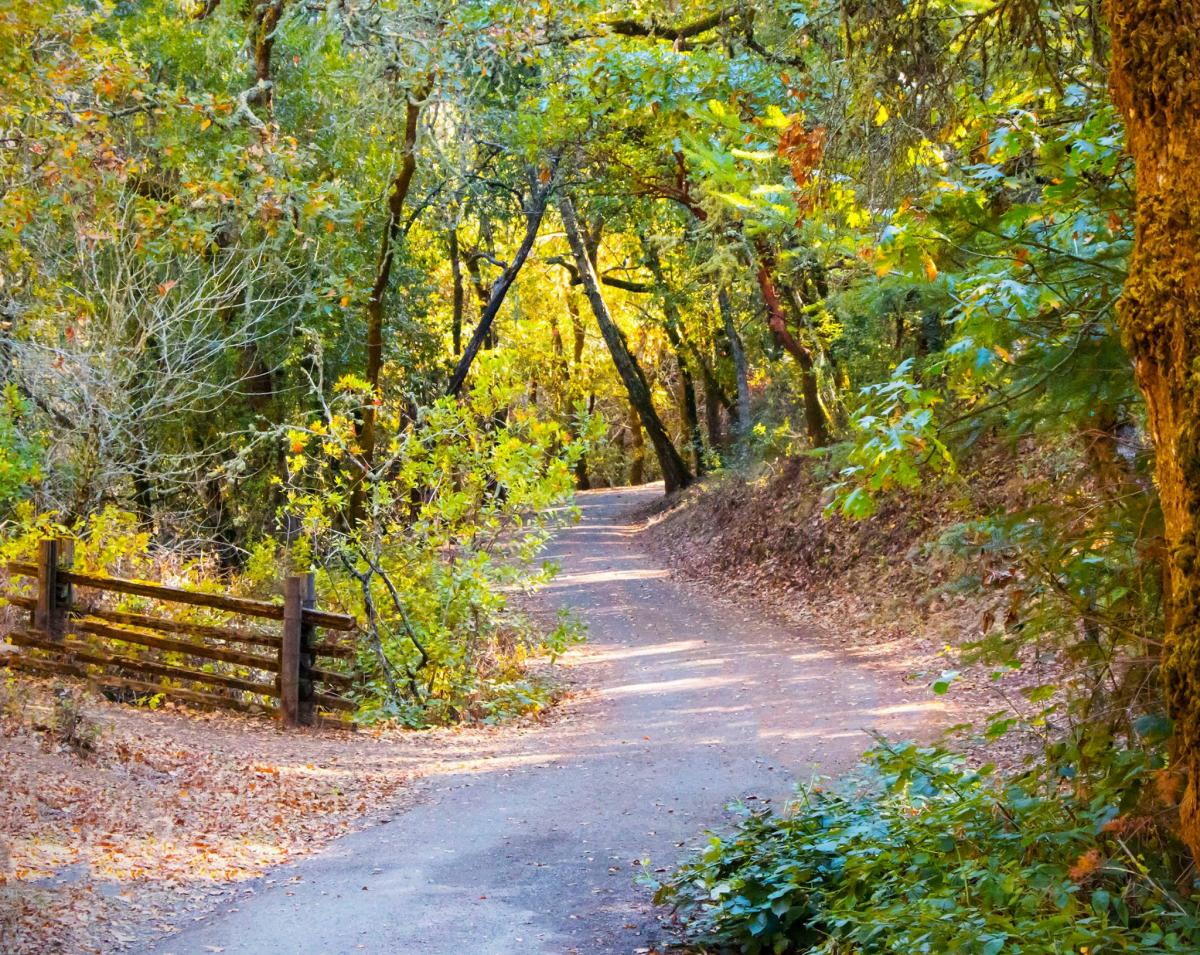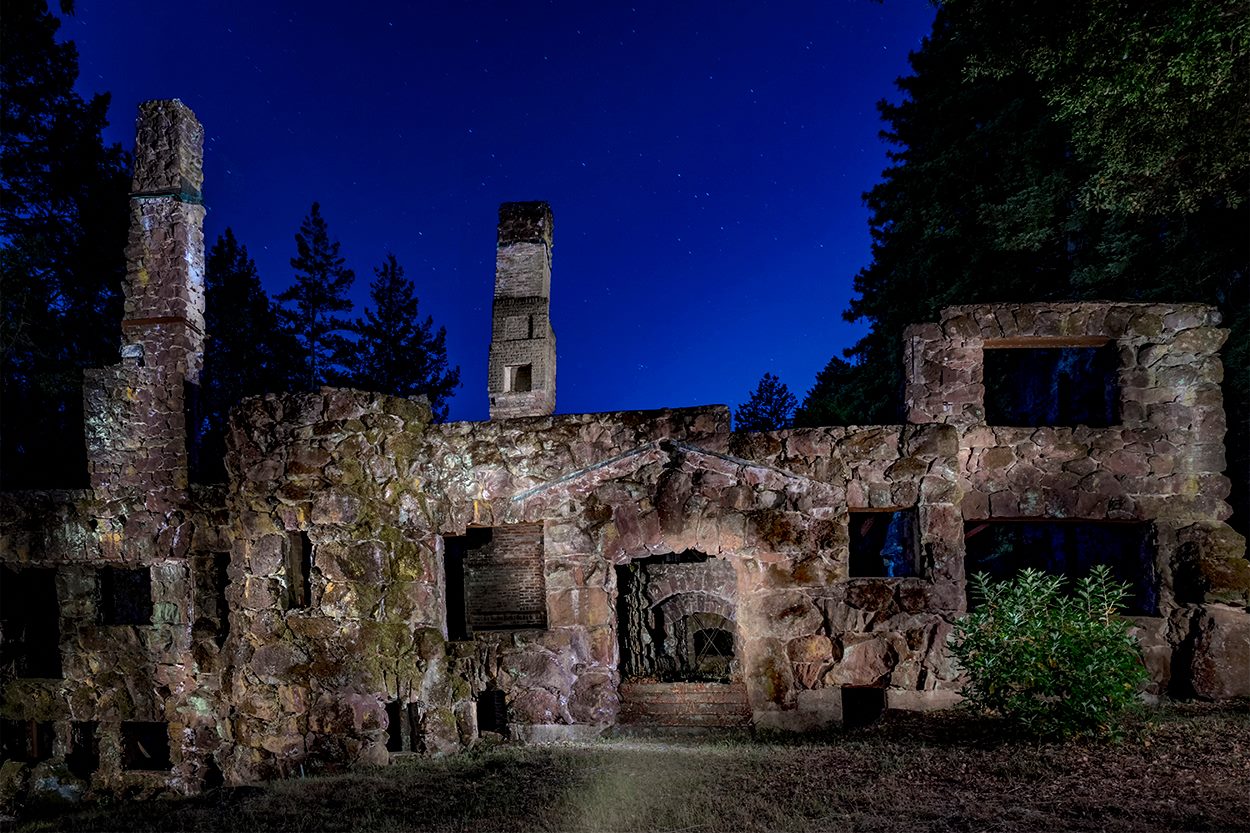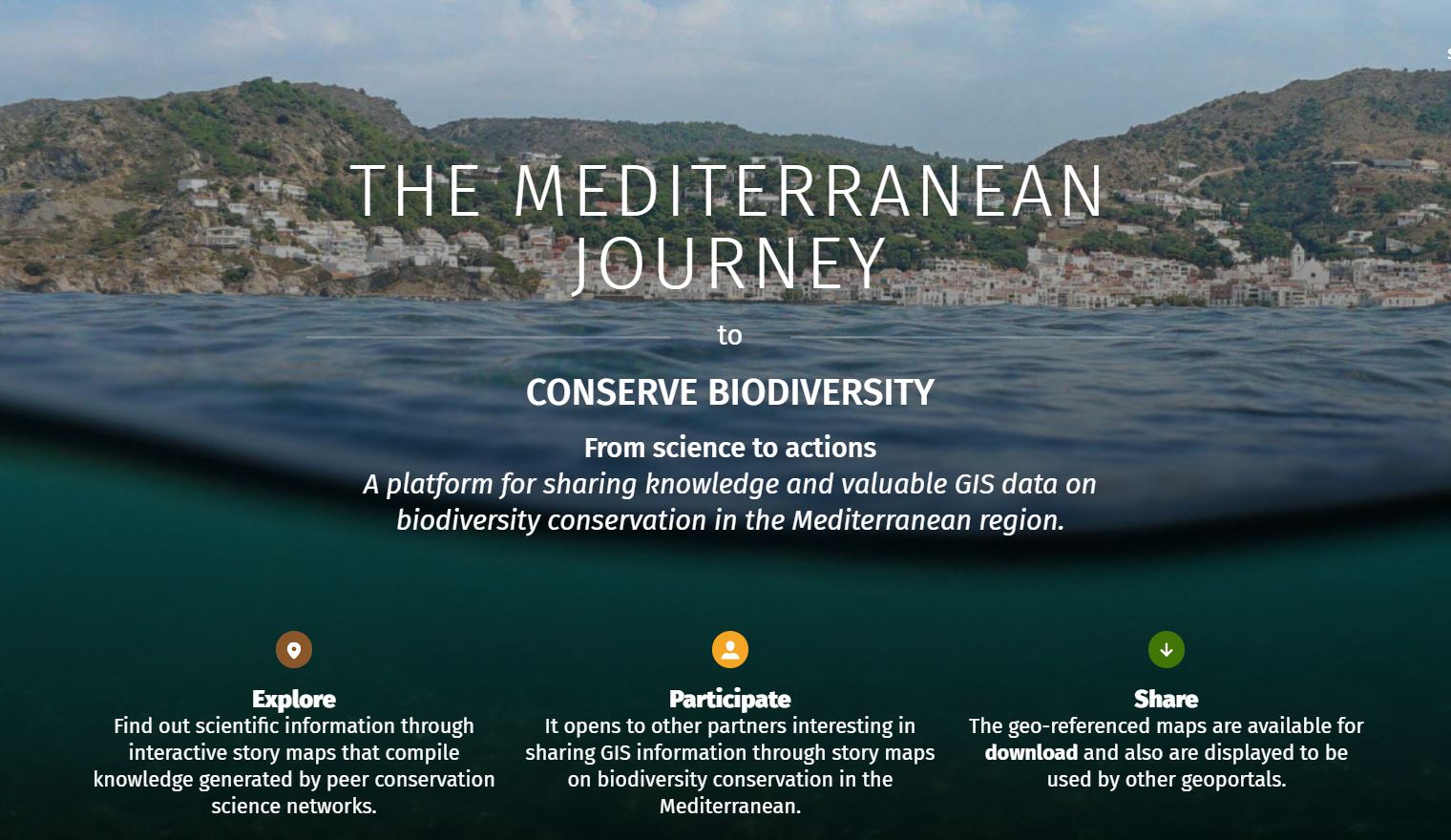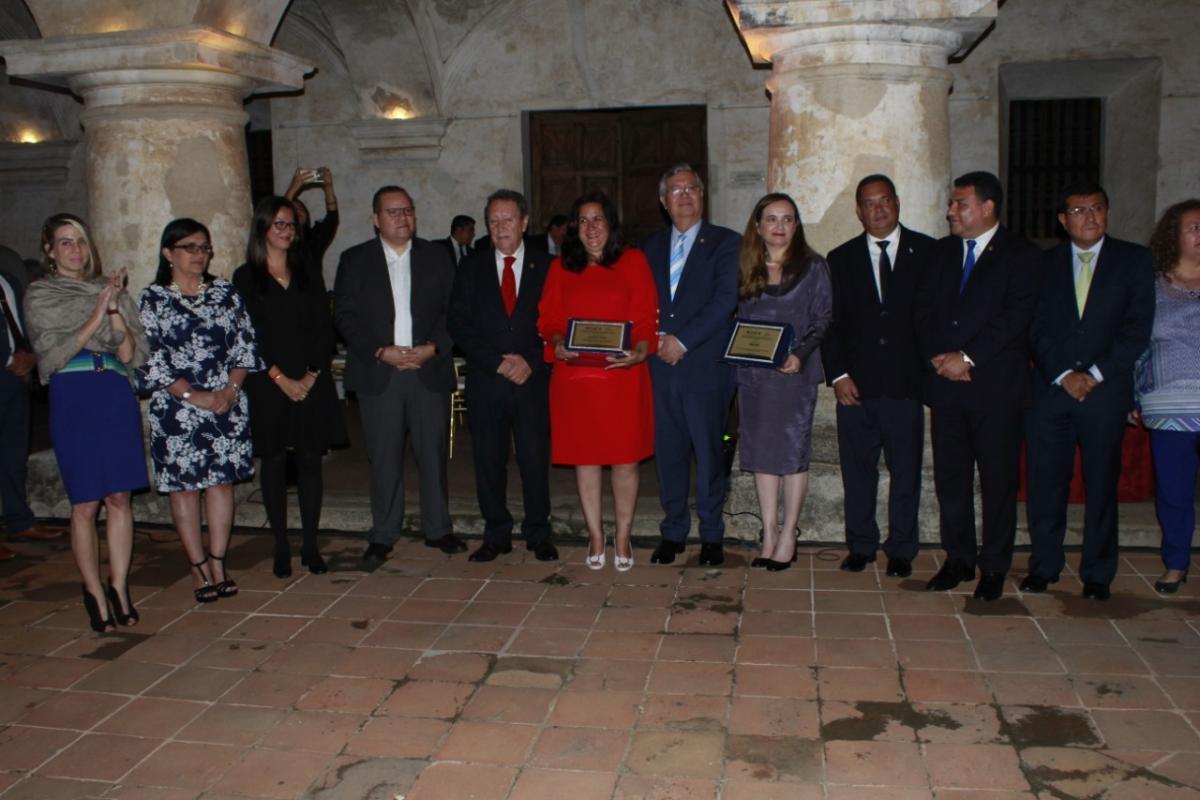A new approach to State Parks in Sonoma County
By Pamela Lanier and Jessica Hughes
After being run by the government since their creation, facing the threat of being closed down after the Great Recession, Jack London State Historic Park and Sugarloaf Ridge State Park in Sonoma County, California (USA) moved to a non-profit run management model. Now funded mainly by revenue from parking, gift shops, events and donations, the two parks are thriving, and welcoming more visitors than ever before.
Background
In 2011, four years after the Great Recession, the California Parks Department was still struggling. Due to budgetary changes the department was left on shaky ground: the parks remained open, but many were not maintained. The effects of scaled-back services, shorter public hours, skimpy staffing throughout the state’s parks system have been felt throughout California and in Sonoma County which is home to more than 50 state and regional parks. These issues prompted the state legislature to start looking for new sources of income to off-set state budget shortfalls and anticipated staff cuts, and keep the parks’ in all their glory.
The passage of a law called 'AB42,' introduced by Assemblyman Jared Huffman, allowed non-profit groups and community organizations to take over park operations. The following two parks have found a way not just to survive, but to thrive in the post-recession world, in part due to this legislation.
Jack London State Historic Park
In May of 2012, Jack London State Historic Park became the first to contract with a non-profit in an operating agreement with the state of California. Jack London Park Partners (JLPP), with the help of volunteers, private donations, park fees, and revenue from events hosted there, now run the park, while collaborating with the State Parks department, who continue to be responsible for the park’s sewage system, natural resource protection and water treatment. Certified and highly trained state staff monitor and appropriately treat the water supply and run the sewage plant, and the state still pays for scientific experts (ecologists, archaeologists, historians, archivists, etc.). Law enforcement is still the primary responsibility of state park peace officers.
Thanks to its historical designation, Jack London State Historic Park is a protected area, making it rich with life and biodiversity.
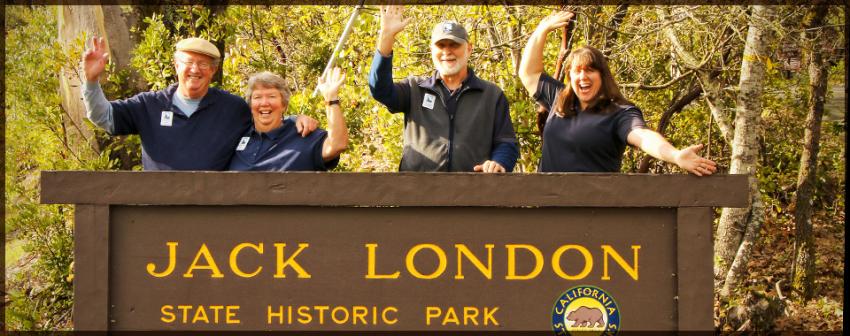 Photo: Jack London State Historic Park
Photo: Jack London State Historic Park
Flourishing there is a beautiful mixed forest of oaks, madrones, California buckeye, Douglas fir, and Coastal Redwoods, ferns, manzanita, and a wide range of other shrubs and small flowering plants such as the Indian warrior, hound's tongue, buttercups, and poppies which all thrive in this area along with many kinds of birds and other forms of wildlife. The Park is also home to the following endangered species: the California Tiger Salamander (Ambystoma californiense), Myrtle's Silverspot Butterfly (Speyeria zerene myrtleae), California Freshwater Shrimp (Syncaris pacifica) as well as more common but still threatened creatures including the Gray Fox, Black Bear, Deer, and Coyotes. The Park also provides critically important arboreal habitat for the Great Horned Owl, falcons and eagles, including the Peregrine Falcon, and dozens of other birds. Because the park connects with other state, local, and regional preserves and conservation areas, it provides and important corridor for the many species whose habitat is threatened by ever increasing human occupation levels.
Sugarloaf Ridge State Park
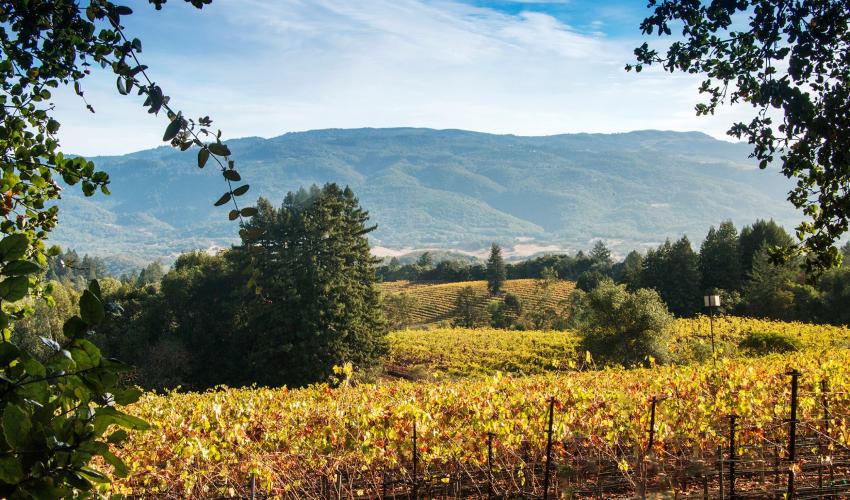 Photo: Jack London State Historic Park
Photo: Jack London State Historic Park
Like Jack London State Historic Park, Sugarloaf came under private management by Team Sugarloaf, a group formed by the Sonoma Ecology Center, but unlike Jack London, Sugarloaf has no big name or celebrity association to help bring in tourists. Relying primarily on its natural attributes to attract visitors, it too has proven successful. June 1, 2012 marked the date that Team Sugarloaf took over operations, and like its cousin down the valley, the park’s past five years are a success story.
By hosting events like Robert Ferguson Observatory monthly ‘Star Parties’, Brunch on Bald Mt. Fundraising Hike, 4th of July Fireworks Viewing Hike, Easter egg hunt in campground, and various nature hikes that focused on things like wildflowers, mushrooms, history, and geology they've been able to keep community involvement high, and income robust.
The community involvement has helped Sugarloaf spike in terms of visitors. The last year that the state alone ran the park, it saw 4,093 overnight campers and 5,858 day-users. Five years later, the park hosted 7,600 overnight campers and daily visitors had risen to 15,560 - a 165% increase. It should be noted that the state parks system as a whole has seen an uptick in visitation in the last five years as well.
Unfortunately, the recent fires in Sonoma County did damage the park, leading to the temporary closure of the park. As of February of 2018, the park is re-opened and will soon allow camping and overnight visitors once again.
We consider both these park efforts to be an excellent and evolving model of how private and state operators can collaborate to keep parks open and accessible, and one that can be transposed in other regions to enhance both visitors to the park and the opportunity to learn from nature.
Visit Sugarloaf Ridge State Park on Protected Planet.
Pamela Lanier is a member of the IUCN WCPA Tourism and Protected Areas Specialist Group (TAPAS), and the founder of the Sonoma County Sustainable Tourism Observatory.
Jessica Hughes is the Observatory’s project coordinator.
